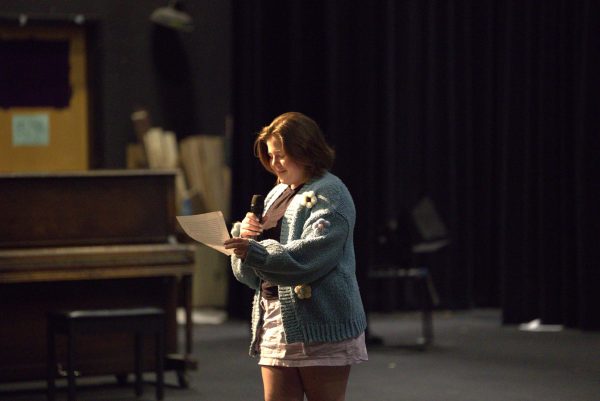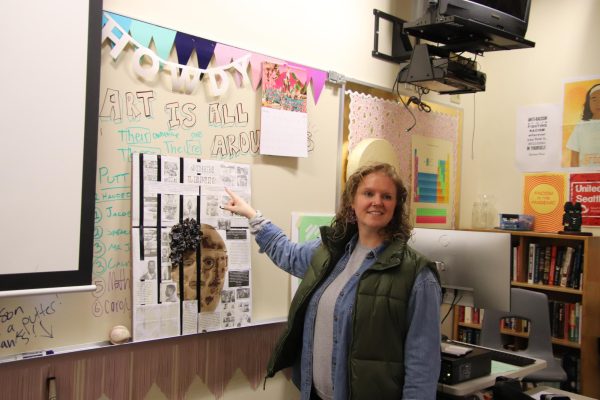Appreciating culture outside the classroom
After the Ingraham High School shooting, a first-year Japanese teacher incorporates traditional Japanese crafts into his curriculum as a symbol of peace
June 22, 2023
After the incident at Ingraham highschool earlier this year, many were in distress and trying to find the best way to respond. Japanese teacher Thomas Ager stepped forward, determined to infuse culture and action into his classroom.
Drawing inspiration from Japanese traditions, he embarked on a journey with his students by folding 1000 paper cranes. This tradition holds a profound symbolism, representing a heartfelt wish for peace.
This tradition dates back to the Edo period, but after the bombings in Hiroshima and Nagasaki, there was a story of a young woman who folded 1000 paper cranes in response to those events to wish for peace for the world. Ever since, it has become a symbol of hope and change.
“The day after everything happened earlier this [school year], I had conversations with all the students about how everyone was doing, and what they wanted to do to respond,” Ager said. “As the year went on, whenever there was downtime or students finished things early, I just had them spend some of that time folding cranes.”
Around early spring, the classes finished folding the 1000 cranes. This was a very collaborative process and required many different steps along the way.
“I had some seniors come in for volunteer hours to string together 10 strings of 100, but overall, everyone contributed,” Ager said.
For some of Ager’s students, this was their first time learning about this tradition. This includes sophomore Yumi Baron, who got to experience this project for the first time.
“After everything happened at Ingraham, I really wanted to take action, but I just didn’t know the best way to do so,” she said. “When my teacher introduced this idea, I thought it was a great way to be supportive and connect it back to Japanese culture.”
This is Ager’s first year teaching, but he had been a student teacher for some time. Ager used his learnings to contemplate how this ancient practice could become a bridge between cultures and a deeply personal experience for his students.
“I’ve done some origami projects before, and paper cranes are very well known in origami, so this idea just seemed like something that was culturally meaningful and also personally meaningful for students,” Ager said.
After visiting Japan himself, Ager recognized the universal allure of this delicate craft, and envisioned it as a form of cultural exploration and personal meaning within the classroom.
“In my studies of Japanese, I saw that this tradition was well represented across their culture,” Ager said. “An example of this was at the Hiroshima Peace Museum where there holds a collection of millions and millions of paper cranes that have been donated from across the world.”
As the Japanese classes end this crafting, they will send the chain of cranes to Ingraham as a way of showing their support and hopefully bring them a sense of peace. With this project ending, it opens the opportunity to do many more traditions in the future.
“Who knows, maybe we’ll have a chance to send some paper cranes to Hiroshima and Nagasaki as well,” Ager said.
![West Seattle High School’s (WSHS) Chinese program is closing down and teachers in the program are informed to transfer to a different high school. At WSHS, 475 both former and current students have signed a petition to help teacher Ying Yu continue her Chinese program. She shares that initially, the program offered only four classes with 90 students but with her initiatives, the program grew to be full-time with 154 students and 137 students on the waiting list. (Seattle Public Schools Board Meeting YouTube Channel: Seattle Schools Board Meeting May 8, 2024, [58:25])](https://ballardtalisman.org/wp-content/uploads/2024/06/Screenshot-2024-06-14-134038.png)
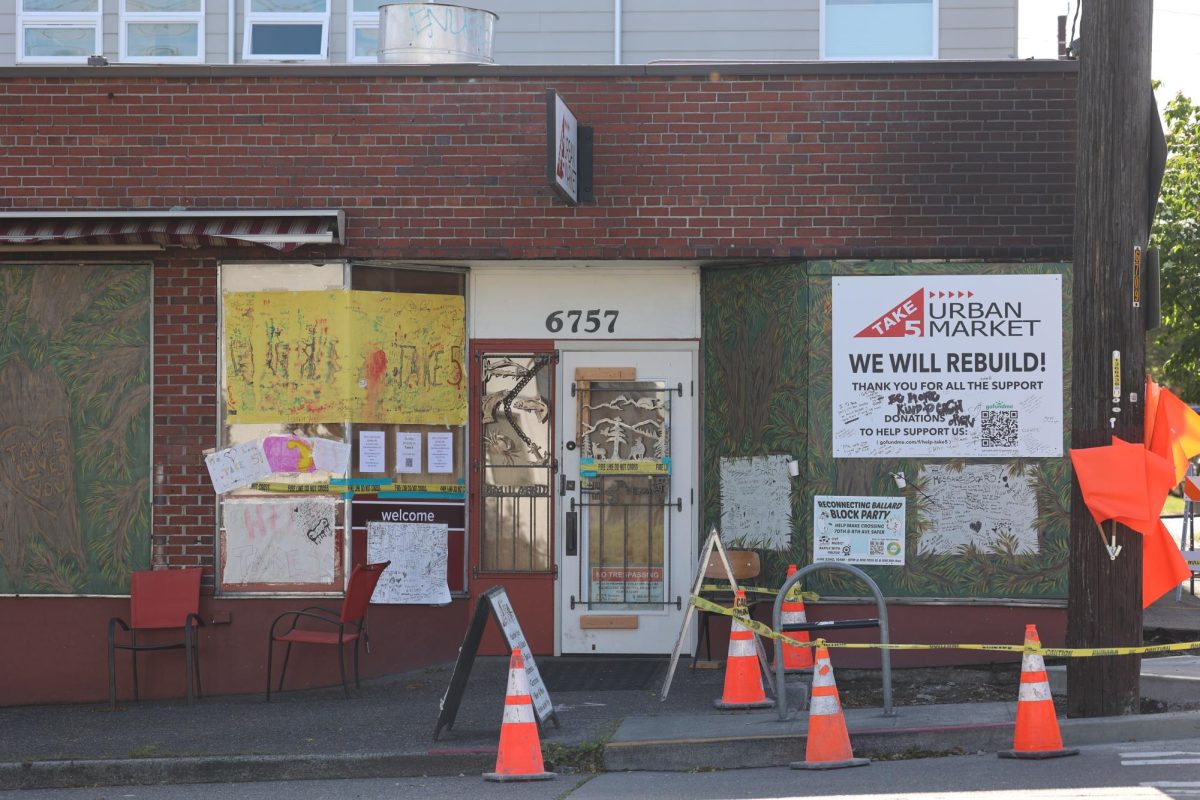

![“Link Crew is meant to be a way for [upperclassmen] to help ninth graders with the transition to high school,” Laura Lehni, language arts teacher, ASB advisor and Link coordinator, said](https://ballardtalisman.org/wp-content/uploads/2024/05/IMG_4601-1200x800.jpg)










![Henry Willy [pictured left] taking the field with his teammates in a 10-11 loss vs. Saas.](https://ballardtalisman.org/wp-content/uploads/2024/05/IMG_2431.jpg)



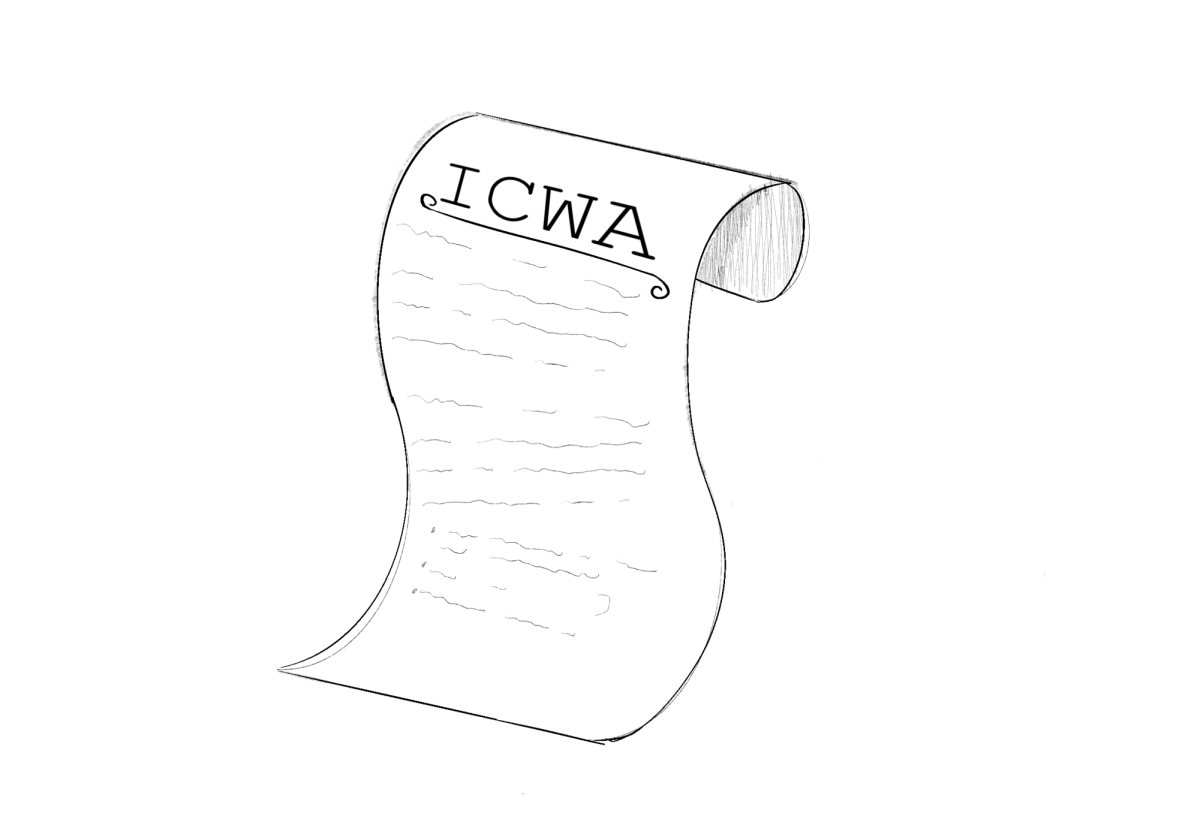
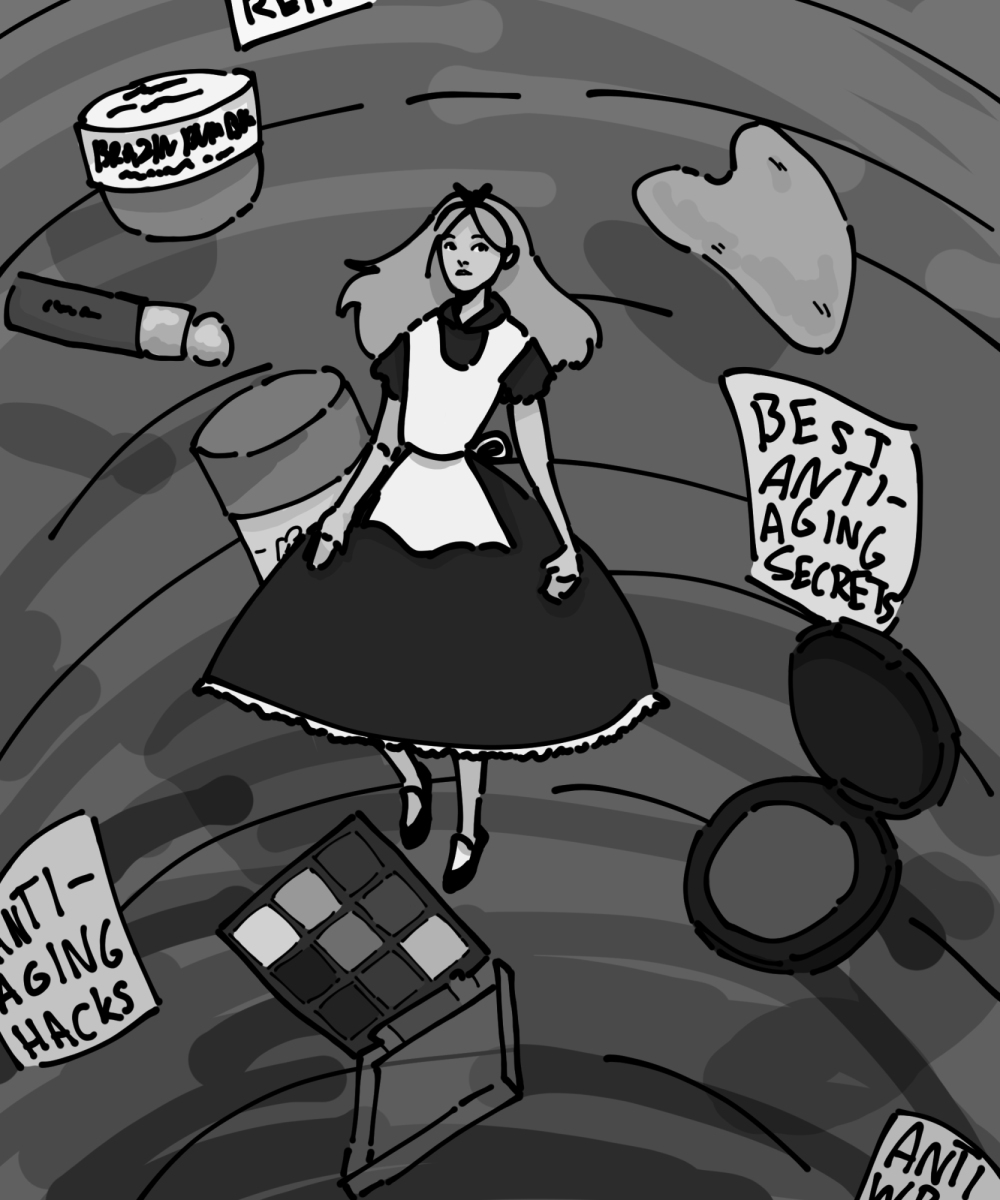

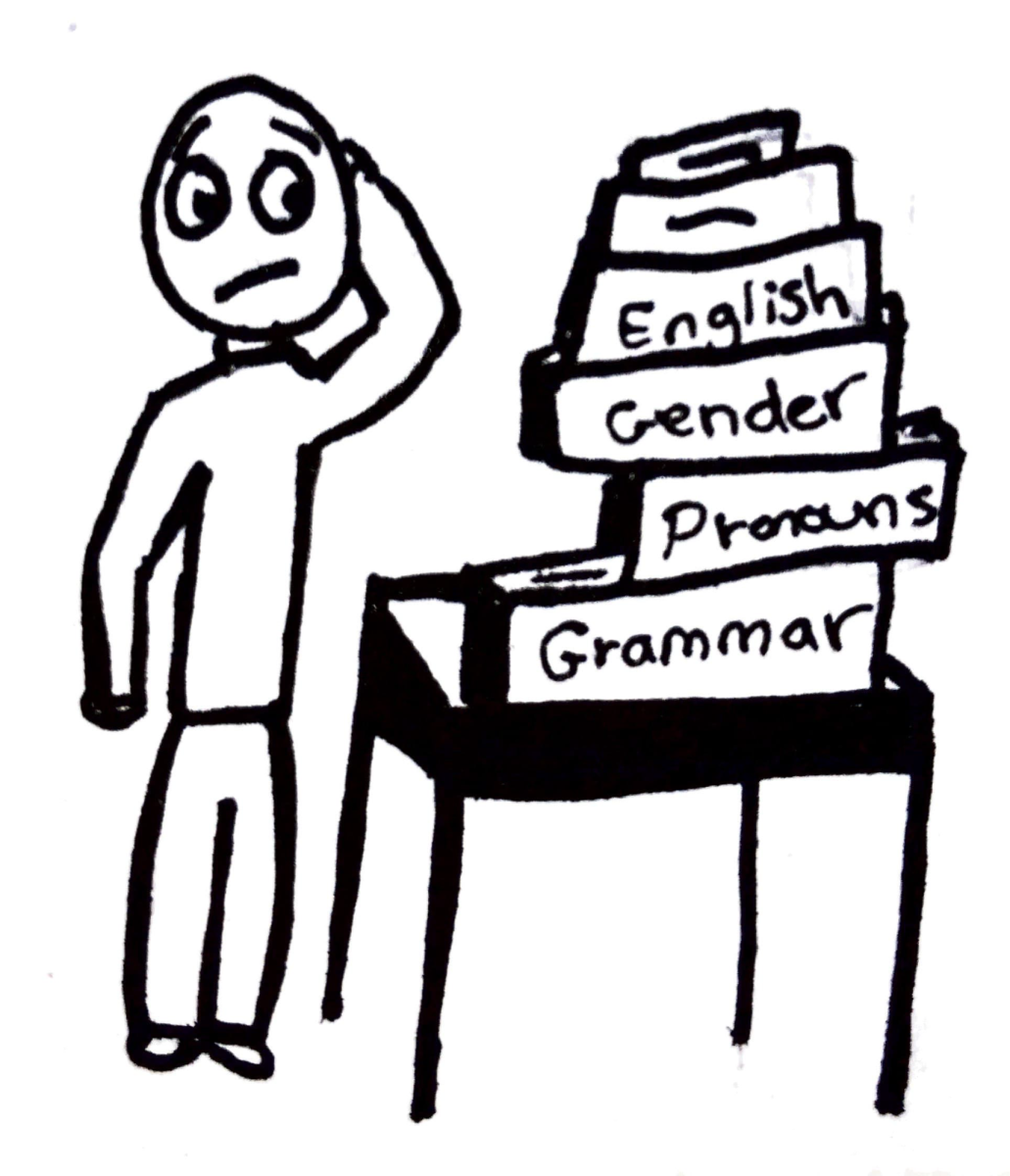

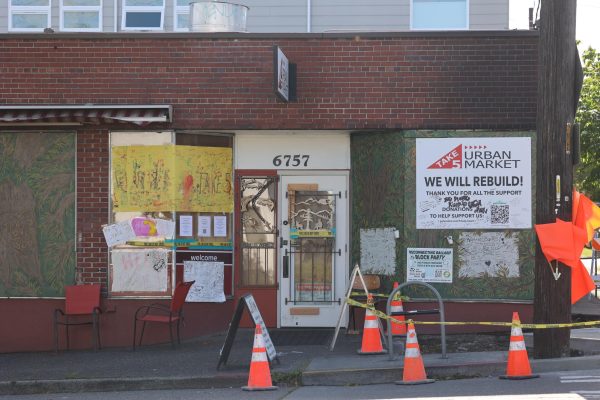
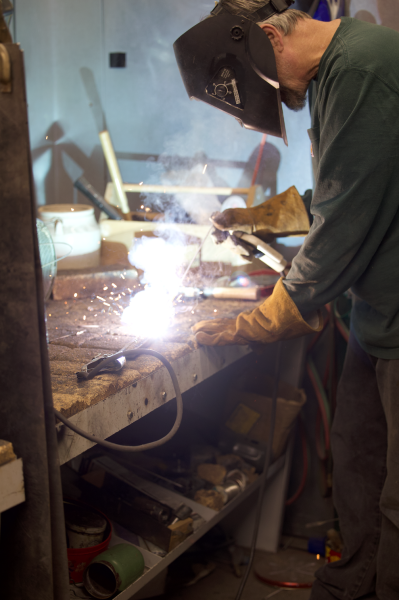
![“Link Crew is meant to be a way for [upperclassmen] to help ninth graders with the transition to high school,” Laura Lehni, language arts teacher, ASB advisor and Link coordinator, said](https://ballardtalisman.org/wp-content/uploads/2024/05/IMG_4601-600x400.jpg)

